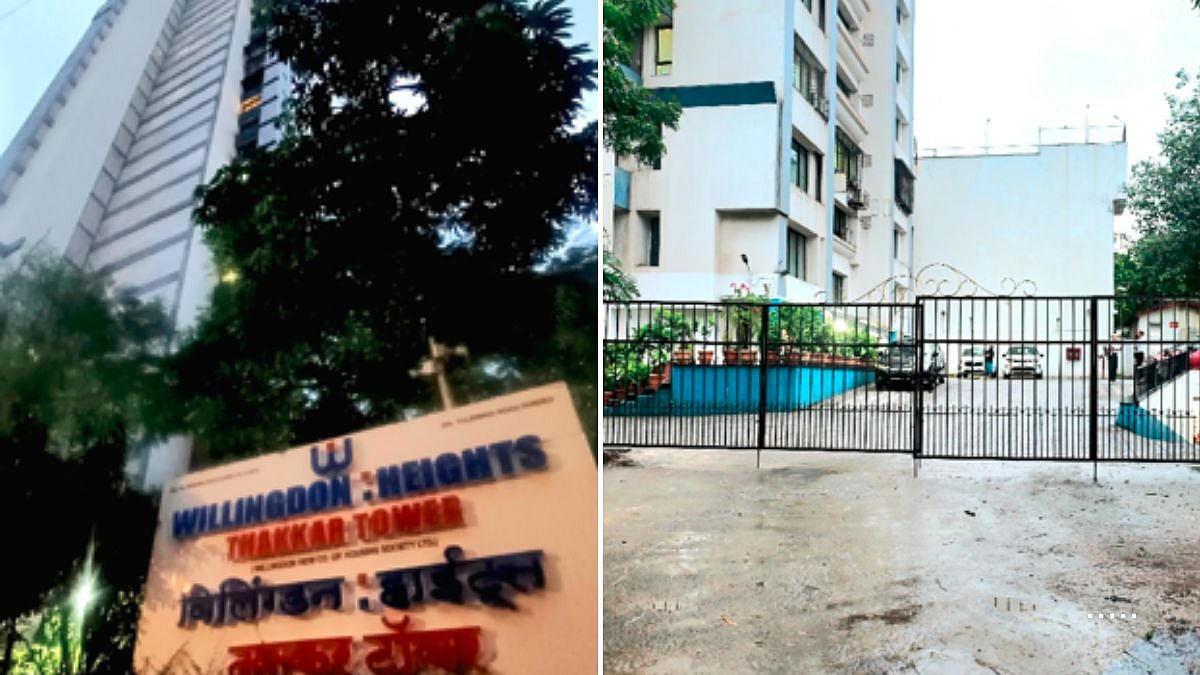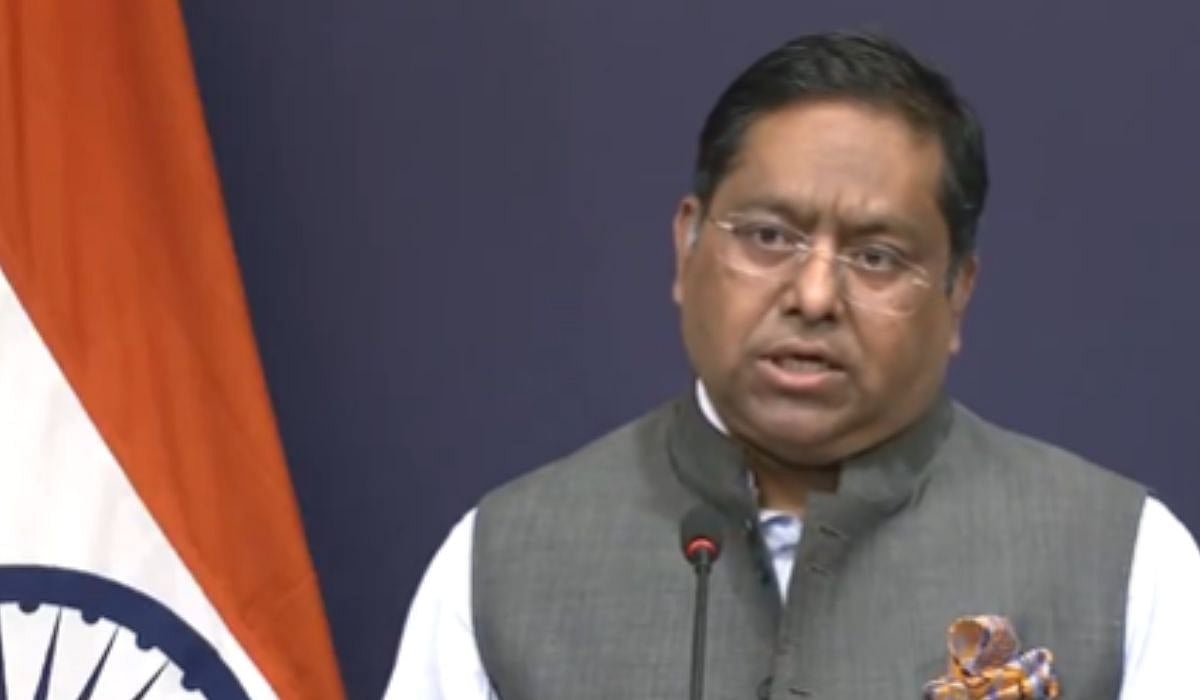New Delhi: As investigators probe the tragic crash of Air India AI-171, which killed 241 of the 242 passengers aboard on June 12, fresh details have raised some critical questions.
Just four weeks before the fatal crash, the UK Civil Aviation Authority (CAA) had flagged fuel system flaws in Boeing aircraft that were eerily similar to those now under scrutiny in the Air India crash.
The initial investigation by India’s Aircraft Accident Investigation Bureau (AAIB) found that the aircraft’s fuel control switches, critical for regulating fuel flow to the engines, had unexpectedly moved to the “CUTOFF” position shortly after take-off, causing both engines to shut down.
CAA Warning Came Just Weeks Earlier
On May 15, the UK CAA issued a safety notice referencing a US Federal Aviation Administration (FAA) Airworthiness Directive related to faulty components in the fuel shutoff valve actuators on Boeing aircraft. The warning applied to several models, including the 787 Dreamliner, the same type as the ill-fated AI-171.
“The FAA has issued an Airworthiness Directive addressing a potential unsafe condition affecting fuel shutoff valves installed on Boeing aircraft,” the CAA’s notice read. Despite this, neither Boeing nor the FAA later acknowledged a direct safety risk in the design of the fuel switches.
Boeing had declared that its systems do not pose a hazard, and the FAA reiterated that position in a 11 July statement, even as investigators dig deeper into the role of the switches in the AI 171 crash.
Fuel Switches Replaced But Lock Checks Skipped
The aircraft’s Throttle Control Module, which houses the fuel switches, had been replaced twice, in 2019 and 2023, as part of Boeing’s regular maintenance plan. However, the AAIB report mentioned that Air India had not inspected the locking mechanism, even though a 2018 FAA advisory had recommended such checks.
Air India, for its part, defended the decision, arguing the advisory was not mandatory. CEO Campbell Wilson on Monday, July 14, said that the preliminary report “identified no cause nor made any recommendations.” He also added that fault should not be assumed before the full investigation is complete.











